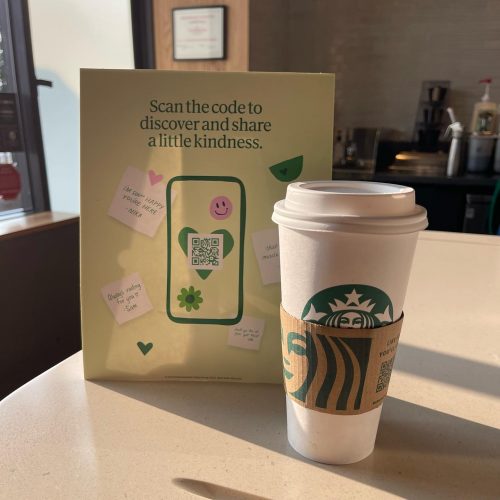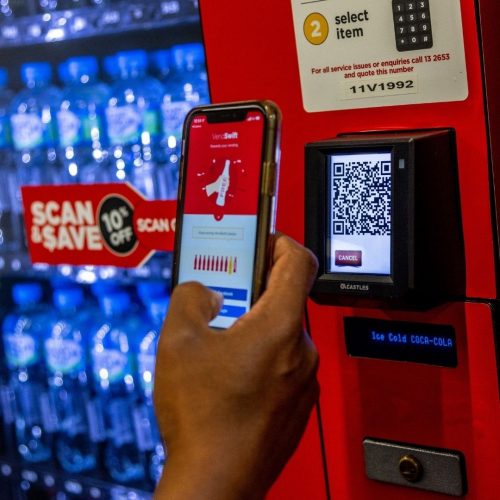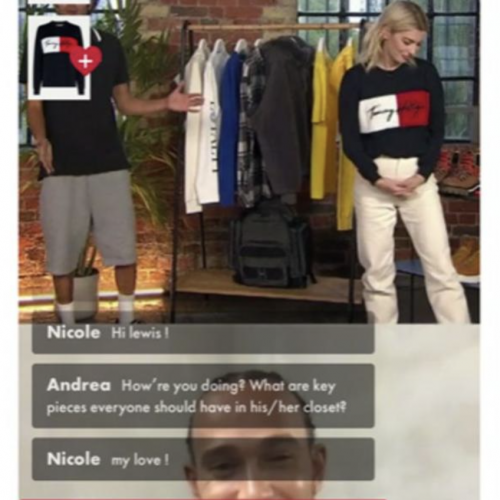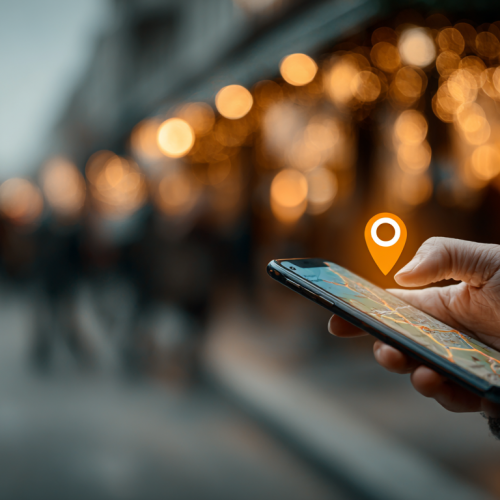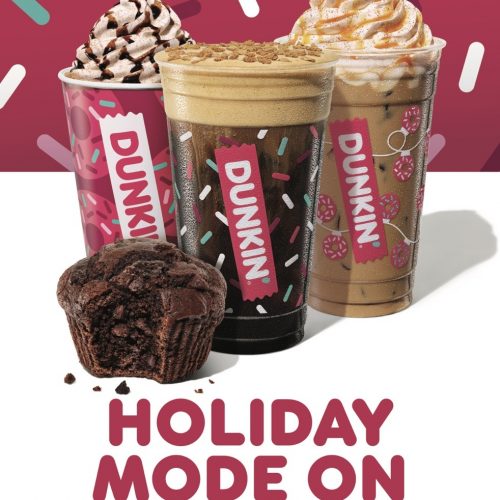What is Phygital Marketing?
Phygital marketing seamlessly combines physical and digital experiences to craft engaging, interactive customer journeys. By utilising technologies such as augmented reality (AR), QR codes, near-field communication (NFC), and artificial intelligence (AI), brands can connect with consumers in innovative and engaging ways. This approach is especially effective in packaging design, where it transforms static labels into dynamic, interactive touchpoints.
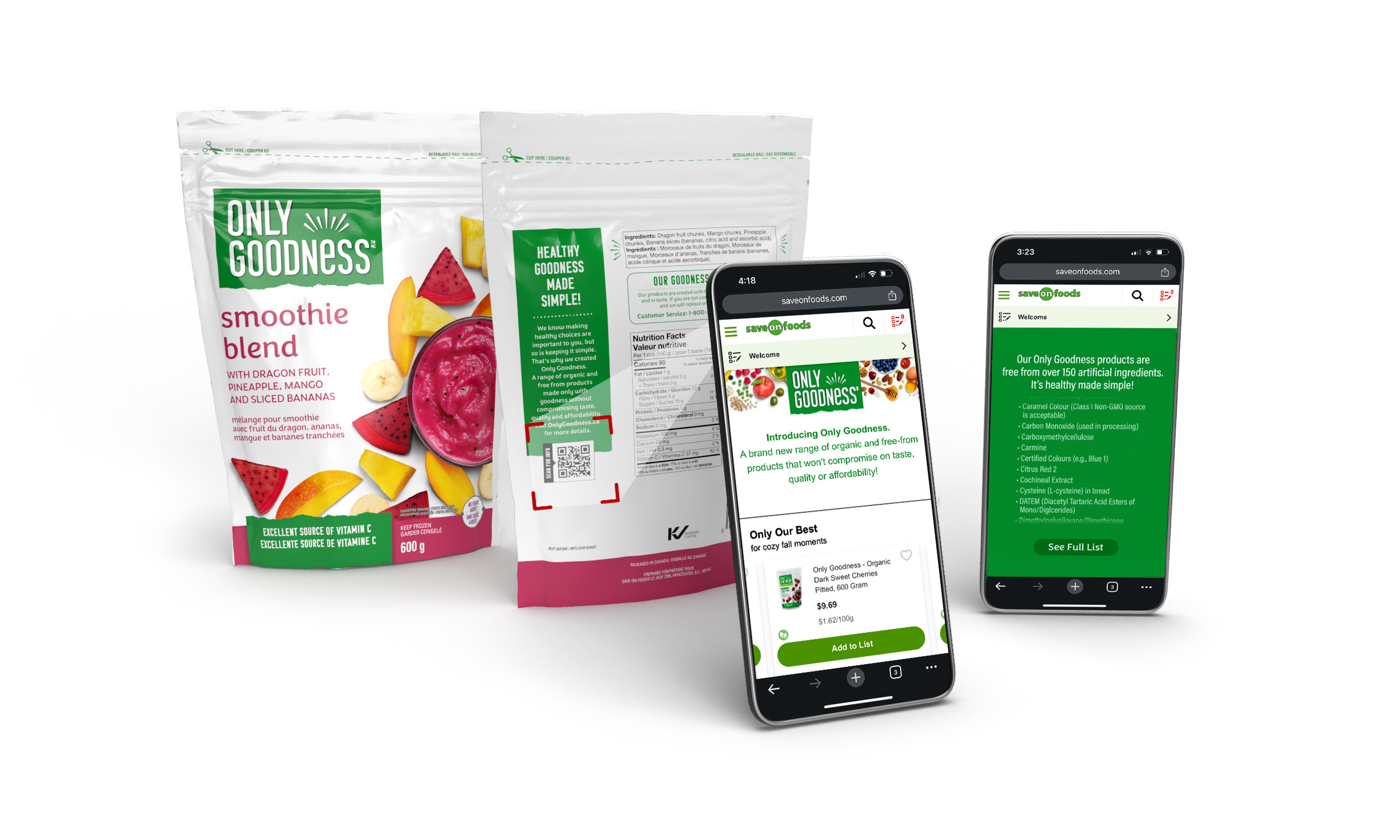
Connected Packaging: A Gateway to Digital Experiences
Connected packaging remains a key element of phygital marketing. By incorporating QR codes, NFC tags, or image recognition technology, brands can link physical products to digital content. This approach not only improves the customer experience but also offers valuable insights into consumer behaviour. For example, Starbucks has successfully used QR codes on its packaging to drive mobile app downloads and loyalty program sign-ups, boosting customer retention. Similarly, Coca-Cola’s vending machine QR code campaign offered digital coupons, resulting in a 10% increase in sales.
Augmented Reality:
Bringing Packaging to Life Augmented reality (AR) is revolutionizing how consumers interact with packaging. By overlaying digital content onto physical products, AR creates immersive experiences that captivate and inform.
Updated Examples:

According to recent studies, AR-enabled packaging can boost online sales by up to 20% and significantly enhance consumer engagement.
1. AI in Phygital Marketing and Packaging Design
Artificial intelligence plays a transformative role in phygital marketing, allowing brands to create highly personalized, data-driven experiences.
AI-Powered Personalization:

2. AI-Enhanced Packaging Design:

3. AI-Driven AR Experiences:

4. Smart Packaging with AI and IoT:

Emerging Trends in Phygital Packaging
1. Shoppable Livestreams:
Brands like Nike and Tommy Hilfiger are integrating livestreams with instant purchasing options, blending entertainment with commerce.
2. NFC-Enabled Promotions:
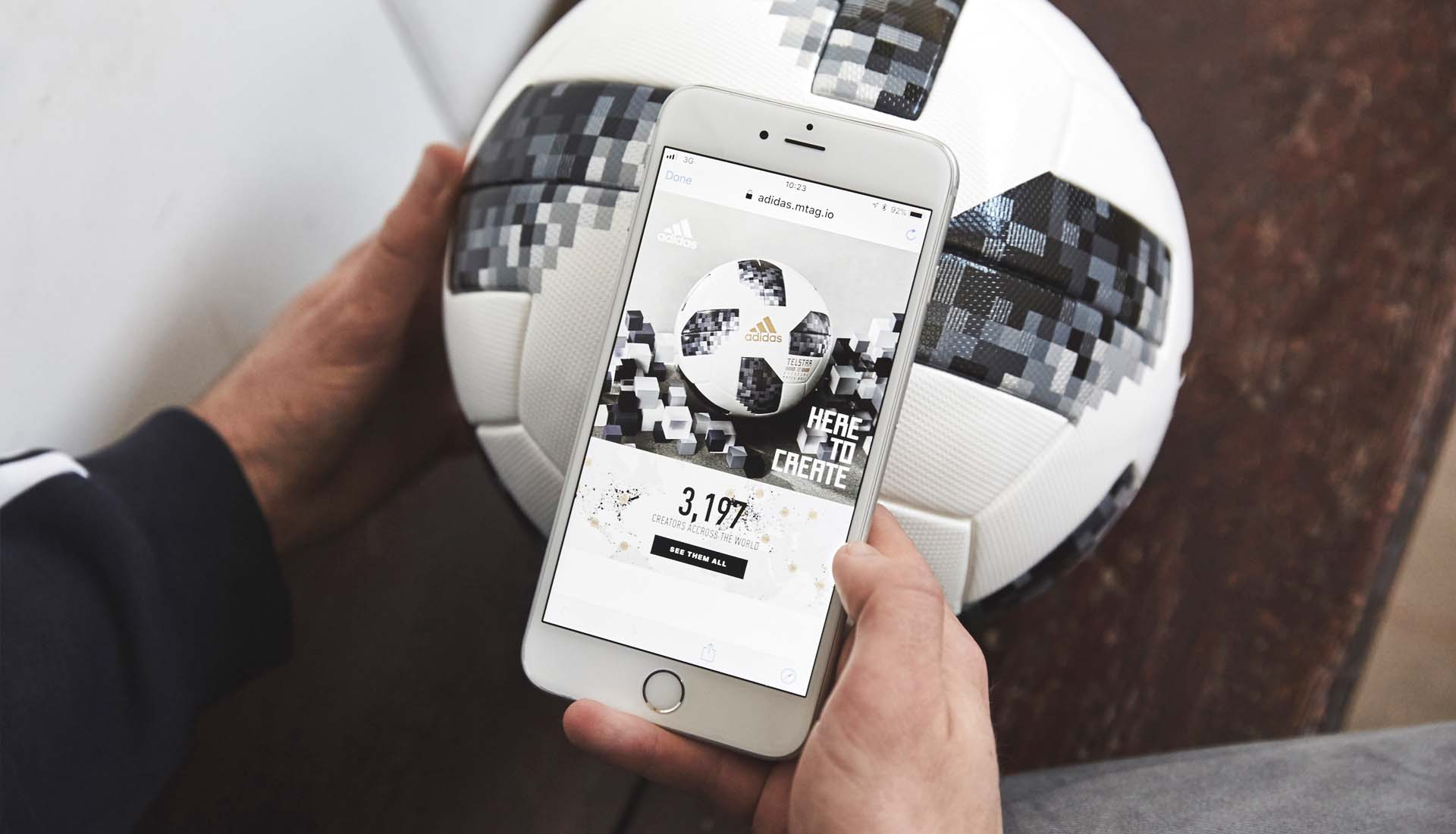
Adidas utilizes NFC tags in in-store displays to offer exclusive content, resulting in a 12% increase in in-store engagement.
3. AI-Powered Chatbots on Packaging:
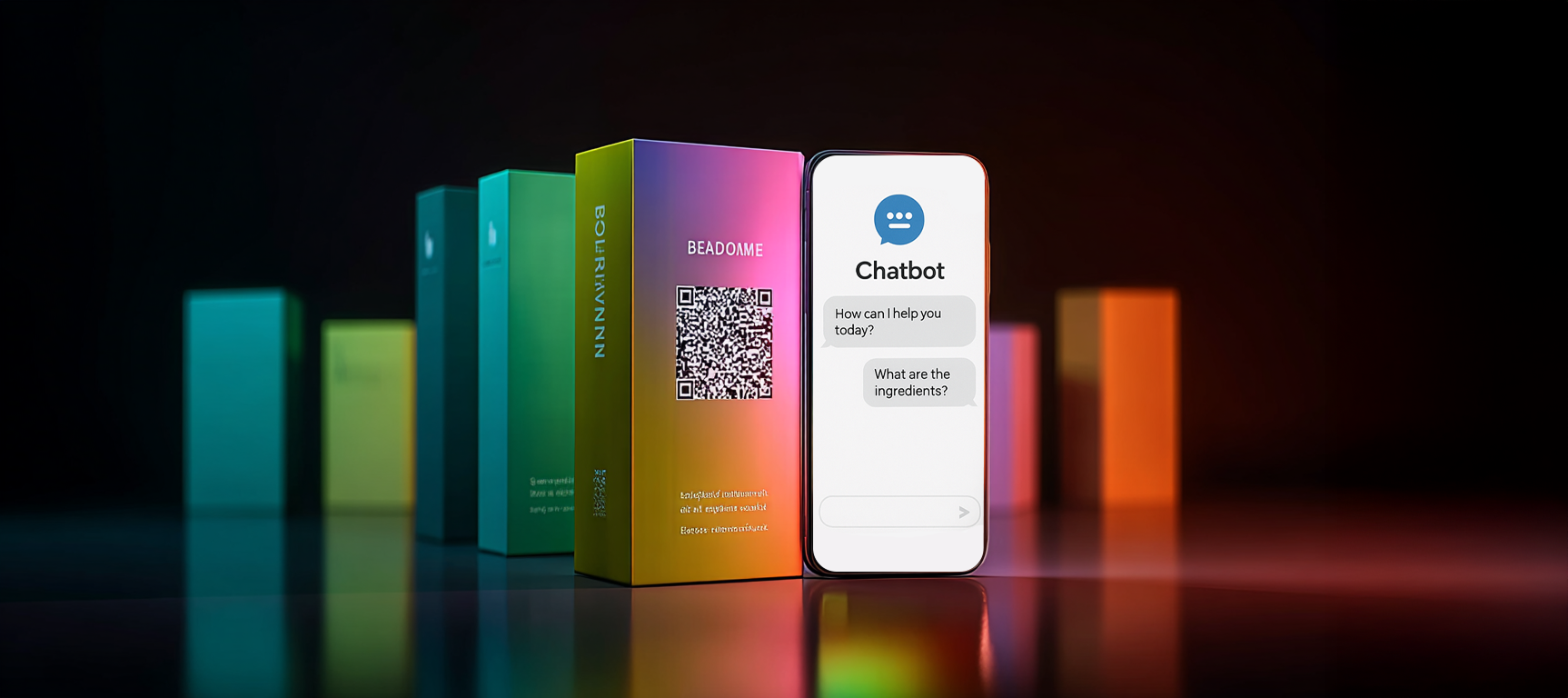
QR codes on packaging can now link to AI chatbots that provide real-time answers to customer questions, enhancing the post-purchase experience.
4. Geofencing Ads:
Dunkin’ Donuts sends location-based offers to nearby customers, driving foot traffic and boosting sales by 18%.
How to Incorporate Phygital Marketing into Packaging Design


The Future of Phygital Marketing in Packaging
As technologies like AI, AR, and IoT continue to evolve, phygital marketing will become even more integral to packaging design. This year, the global market for AR in retail is projected to reach $1.6 billion, and AI-driven personalization is expected to increase customer retention by 30%. Brands that embrace phygital strategies and leverage AI will not only enhance customer engagement but also gain a competitive edge in an increasingly digital marketplace.
